Regretfully, we actively discourage travel to Hong Kong at this time. A new national security law introduced on 1 July 2020 undermines Hong Kong’s legislative independence from mainland China and effectively eradicates certain human rights and freedoms. There is an increased risk of arbitrary arrest, prosecution and deportation and peaceful protests are often turned violent by Police intervention.
One of my favourite things in the world (other than potato crisps) is jumping on a bike in a place that I’ve never visited before and setting off in a random direction to see what I can find. Sure, there are lots of benefits to planning your day trips to the nth degree, but more often, there is greater enjoyment to be had by not knowing what is around each corner.
My visit to Cheung Chau, an island 20km away from the main metropolitan area of Hong Kong Island was spent just as I like it: without a plan.

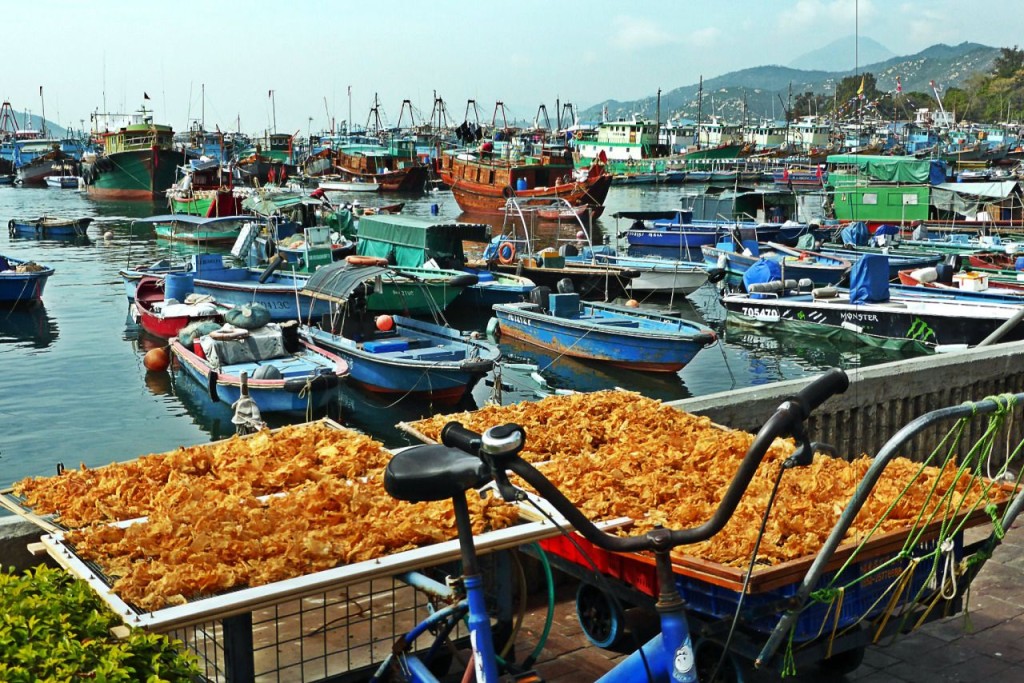
About Cheung Chau
Cheung Chau translates as ‘Long Island’ in Cantonese. Getting there by ferry from the Central district of Hong Kong Island is cheap and easy and takes between 35 and 55 minutes depending on which type of ferry you take.
Upon arrival in Cheung Chau, it is instantly apparent you’re in an entirely different world from the one you’ve just left. There are no busy roads, no crowds of people and certainly no tall buildings. The pace of life is much slower.
People visit Cheung Chau for a break and to breathe in the sea air. The promenade is lined with seafood restaurants, each with a hawker stood outside, menu in hand, keen to entice you to try their latest catch. Small motorised scooters and buggies ply the narrow streets; ordinary traffic is simply too wide to fit. Pedal-powered rickshaws heaped with fish stand by the water’s edge, their cargo drying in the sun.
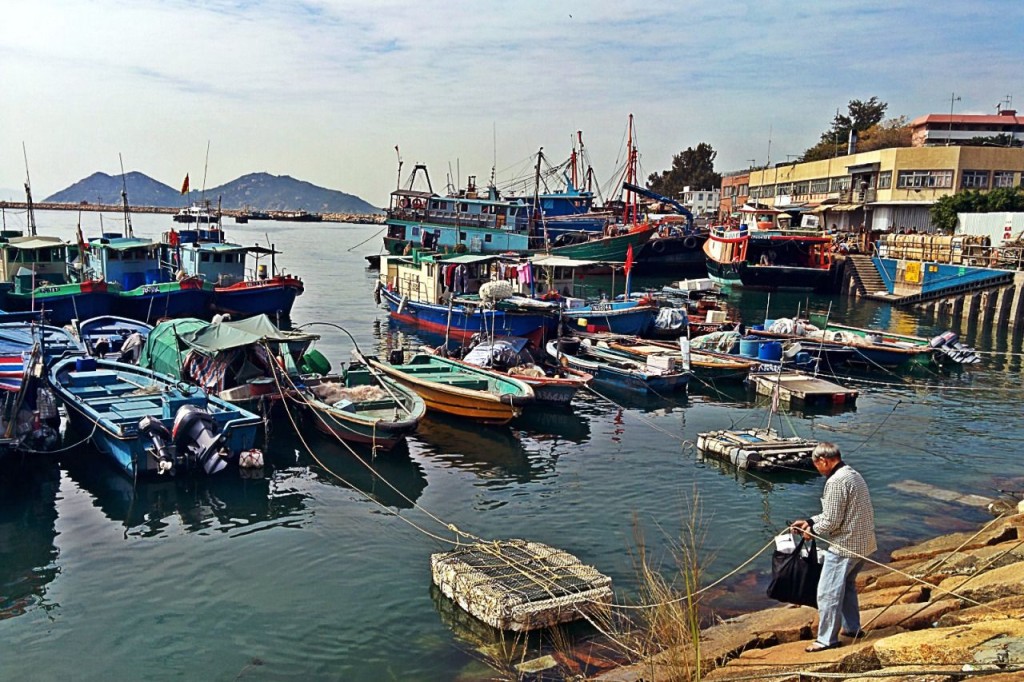
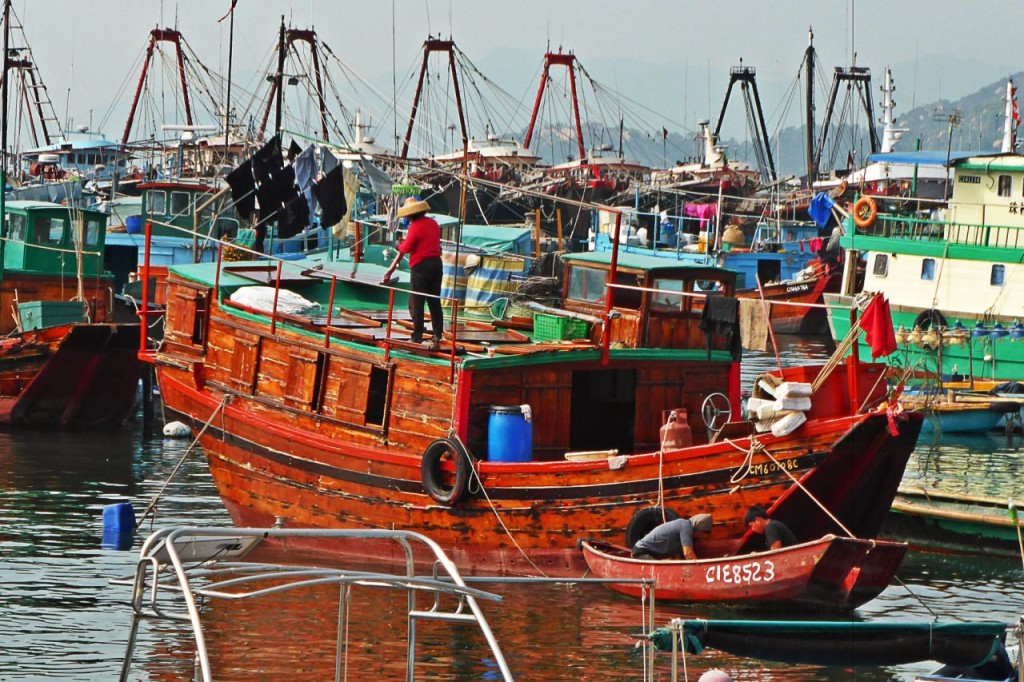
Exploring the Island by Bicycle
After I’d been convinced to having my face stuffed with the freshest and tastiest calamari in the world by Hong Kong’s surliest hawker (that’s really saying something), I hired a bike and off I peddled.
I started off by exploring the narrow residential streets near the typhoon shelter. Occasionally, the sound of Chinese pop or opera music from open windows drifted down the lanes, but mostly they were quiet. Occasionally, I’d pass an elderly gentlemen on a stroll, otherwise it seemed I had the neighbourhood to myself.
Tiny, deserted temples shrouded by wafts of incense provided good places to rest and shelter from the hot sunshine. It was lovely to explore a normal residential area and to experience first-hand what life was like on the tiny island.
Back at the typhoon shelter, fishing vessels bobbed up and down on the calm water. Crew eagerly attended to their crafts, mending nets and scrubbing surfaces clean, ready to head out again to try their luck in deeper waters. In the distance, craggy mountains cast their silhouettes onto the horizon in dramatic fashion as wispy clouds sailed overhead.
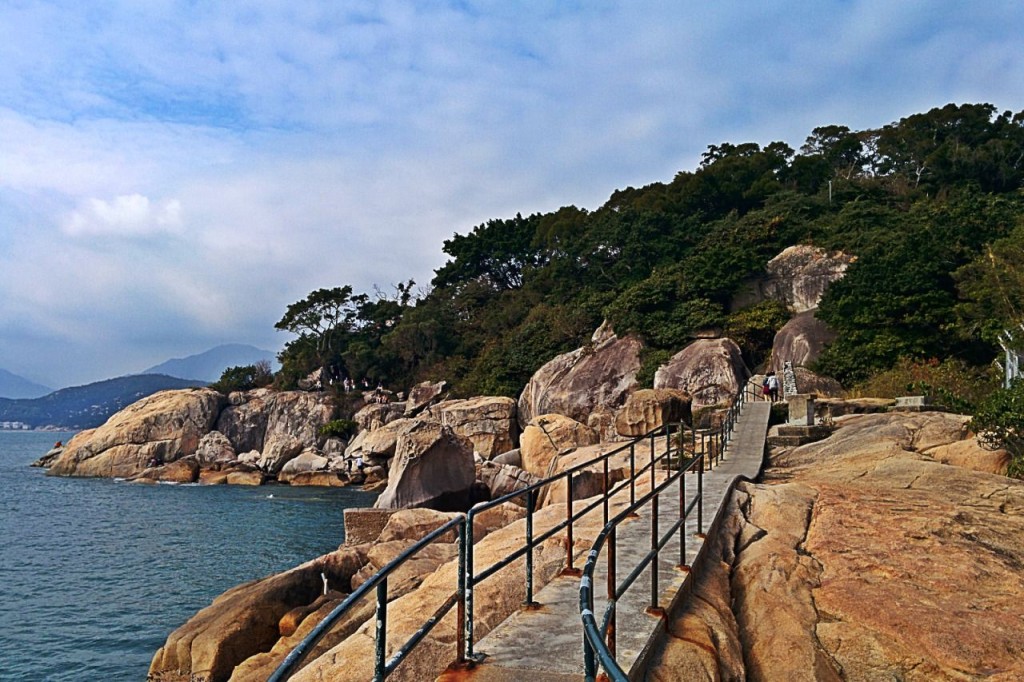
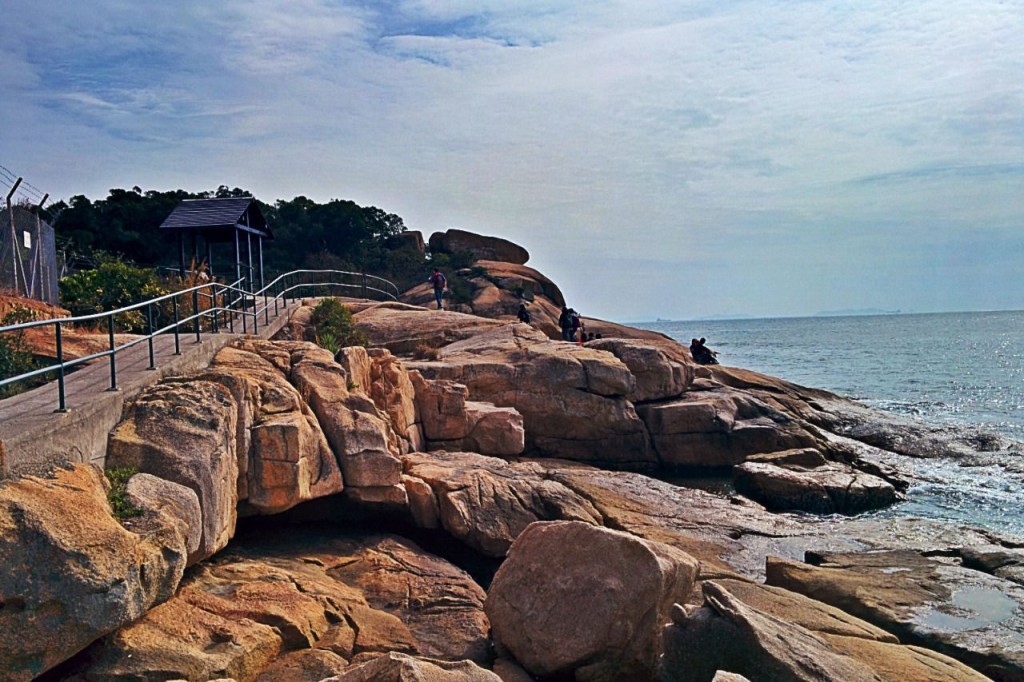
Discovering the Coastline
Always looking to indulge my child within (my therapist will be very pleased), a sign pointing towards a ‘Pirate’s Cave’ (Cheung Po Tsai Cave) really piqued my interest, so I locked my bike to a fence and set off on foot to find out what it was.
Upon arrival, I found a group of people queuing up at a hole between some very large rocks. Despite the hole appearing to be quite uninviting, some people had braved the depths by crawling inside. Others peered in and muttered to one another about how unimpressed they were and how they weren’t going to replicate their more courageous counterparts.
I thought about jumping in myself, but I decided against it when a boy’s screams rang from the darkness. A few glances and sniggers were exchanged between the ground-level group and a few of us (including myself) backed away.
Thankfully, the walk to the cave was enjoyable in itself. A walkway had been constructed over the rocky coastline upon which the waters of the South China Sea lapped laboriously. Despite barriers designed to keep walkers from straying away from the confines of the pathway, many had climbed over them and were keenly exploring the boulders and shoreline.
Many hadn’t noticed the Reclining Rock, a large boulder balanced on top of a series of other rocks, famous for appearing to be on the verge of tipping into the sea.
On the water itself, small fishing vessels bobbed up and down whilst their occupants tended to their nets and other paraphernalia. In the cooling sea breeze, it was a lovely excursion from my bike ride and a fitting end to my relaxing day trip to Cheung Chau.
Have you visited Cheung Chau? Do you have any tips for other visitors? Drop your suggestions into the comments box below.

